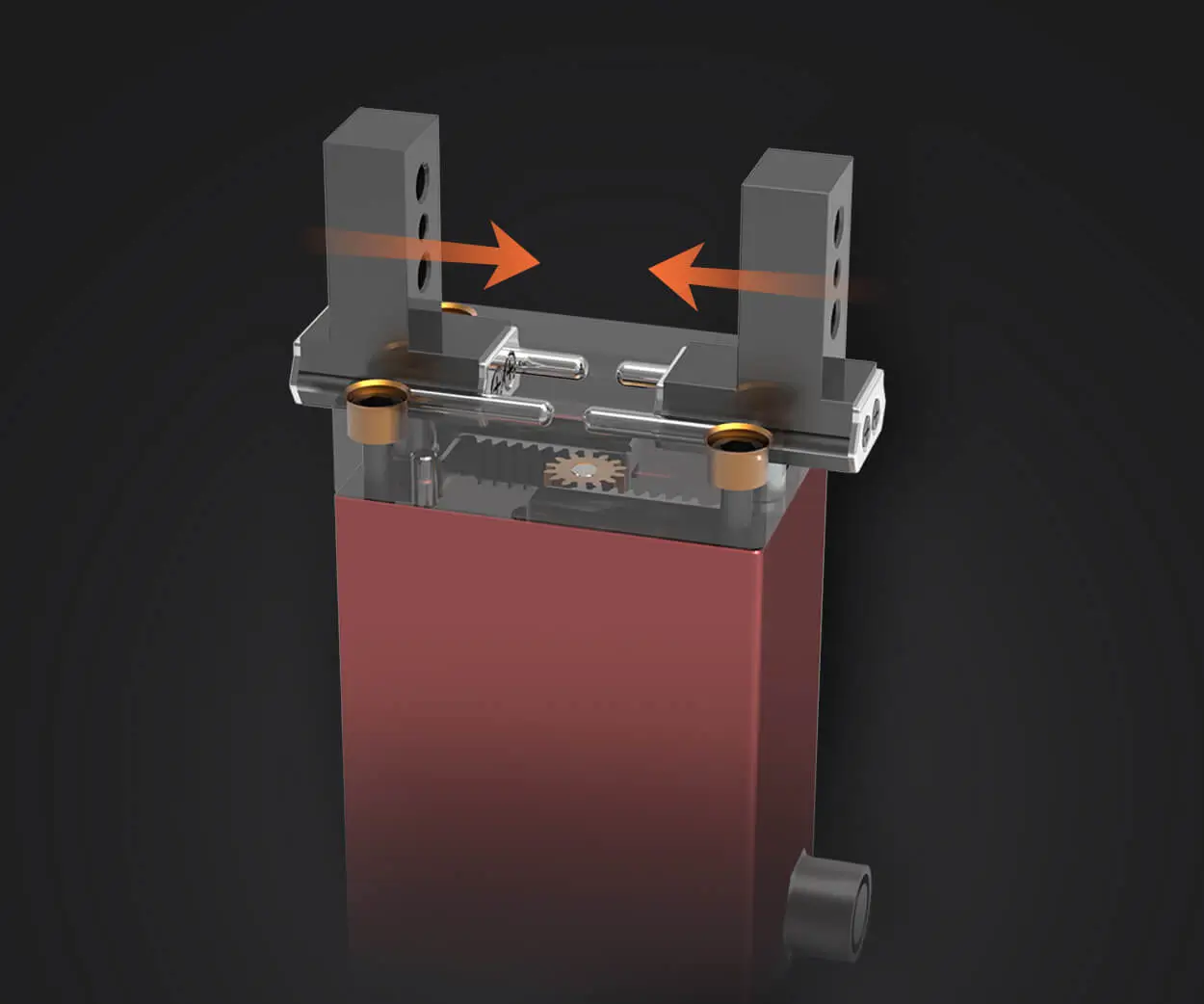In today’s fast-paced digital world, microservices have become a key architectural pattern, especially for companies looking to scale their applications and improve overall efficiency. With Spring Boot taking the spotlight as a go-to framework for building microservices, one of the most important aspects of managing such an architecture is logging. And, let’s face it—logging in microservices is more than just a checkbox on your to-do list. It's critical for monitoring, debugging, and ensuring that everything runs smoothly.

Why is logging so important in microservices?
Imagine you have a microservices-based application handling hundreds or thousands of requests per minute. Each microservice might be processing different tasks, and tracking down issues could quickly turn into a needle-in-a-haystack scenario if you don't have proper logging in place.
Without comprehensive logs, figuring out what went wrong when something breaks becomes nearly impossible. Is the issue on Service A, Service B, or maybe it’s the communication between them? This is where effective logging comes into play.
Logging with Spring Boot
Spring Boot simplifies the development of microservices by offering powerful logging features out of the box. By integrating popular logging frameworks like Logback, Log4j2, or even Java Util Logging (JUL), Spring Boot gives developers the flexibility to choose what best suits their needs.
In the case of Spring Boot, it’s easy to get started with logging, as it provides a default configuration that works for most applications. However, as your microservices grow in complexity, you’ll likely need to customize logging settings to match your architecture and business requirements.
For instance, let’s say you want to capture logs with different levels of detail for different microservices. Spring Boot allows you to define logging levels—such as DEBUG, INFO, WARN, and ERROR—in your application’s application.properties or application.yml file. This enables you to tweak the verbosity of logs based on the severity of issues or the importance of specific operations.
Centralized Logging in a Microservices Environment
When dealing with multiple microservices, managing logs centrally becomes essential. This is where tools like ELK Stack (Elasticsearch, Logstash, and Kibana) or other centralized logging solutions come into play. These tools aggregate logs from all your microservices into one centralized location, making it easier to search through logs and quickly identify any issues.
Spring Boot’s integration with tools like Logstash or Filebeat allows you to push logs into Elasticsearch, where they can be indexed, searched, and visualized with Kibana. Imagine being able to track down the root cause of an issue in just a few clicks!
What about distributed tracing?
You might have heard of distributed tracing as another method of monitoring microservices. Tools like Zipkin or Jaeger are often used in tandem with centralized logging to provide detailed traces of requests as they flow through various microservices. These traces help pinpoint exactly where delays or failures occur in the system.
While distributed tracing adds another layer of visibility, it’s not a replacement for logging. Instead, it works alongside logs to offer deeper insights. Logs provide granular details about individual requests, while distributed tracing shows the path these requests take across your services. Together, they create a robust monitoring and debugging system that’s indispensable for any growing microservices architecture.
The Takeaway
In summary, logging in a microservices environment is much more than just printing out some messages when things go wrong. It’s about building a comprehensive, scalable logging system that can keep track of what’s happening across all services. Spring Boot, with its built-in logging capabilities, makes it easier to start off on the right foot. And as your system grows, tools for centralized logging and distributed tracing will help ensure that you’re never in the dark when it comes to troubleshooting.
By focusing on effective logging strategies, you’re setting up your system for long-term success. Don’t underestimate the value of having clear, accessible logs. They’re your first line of defense when things go wrong, and the key to maintaining a healthy, reliable microservices architecture.
Established in 2005, Kpower has been dedicated to a professional compact motion unit manufacturer, headquartered in Dongguan, Guangdong Province, China. Leveraging innovations in modular drive technology, Kpower integrates high-performance motors, precision reducers, and multi-protocol control systems to provide efficient and customized smart drive system solutions. Kpower has delivered professional drive system solutions to over 500 enterprise clients globally with products covering various fields such as Smart Home Systems, Automatic Electronics, Robotics, Precision Agriculture, Drones, and Industrial Automation.




































